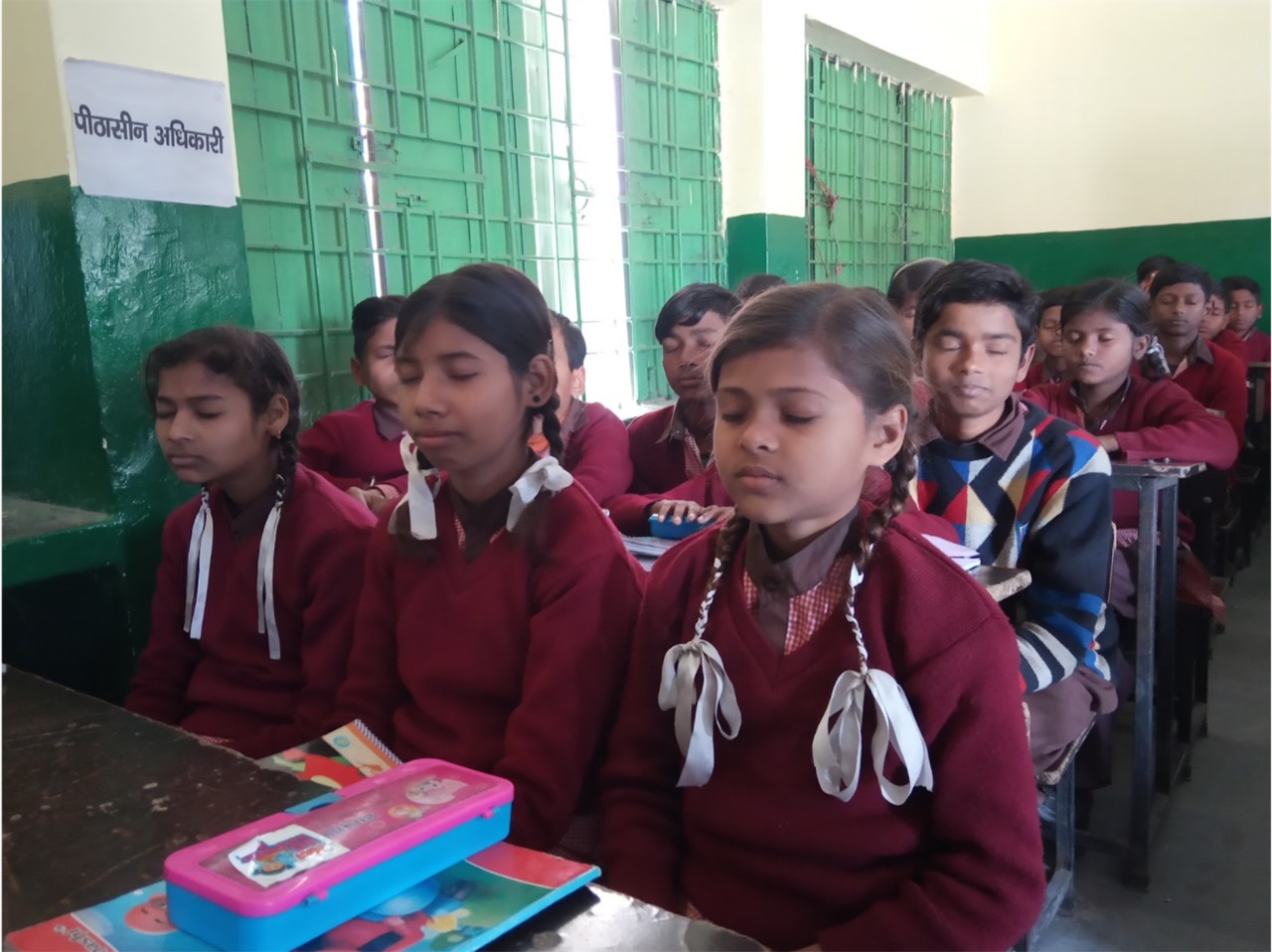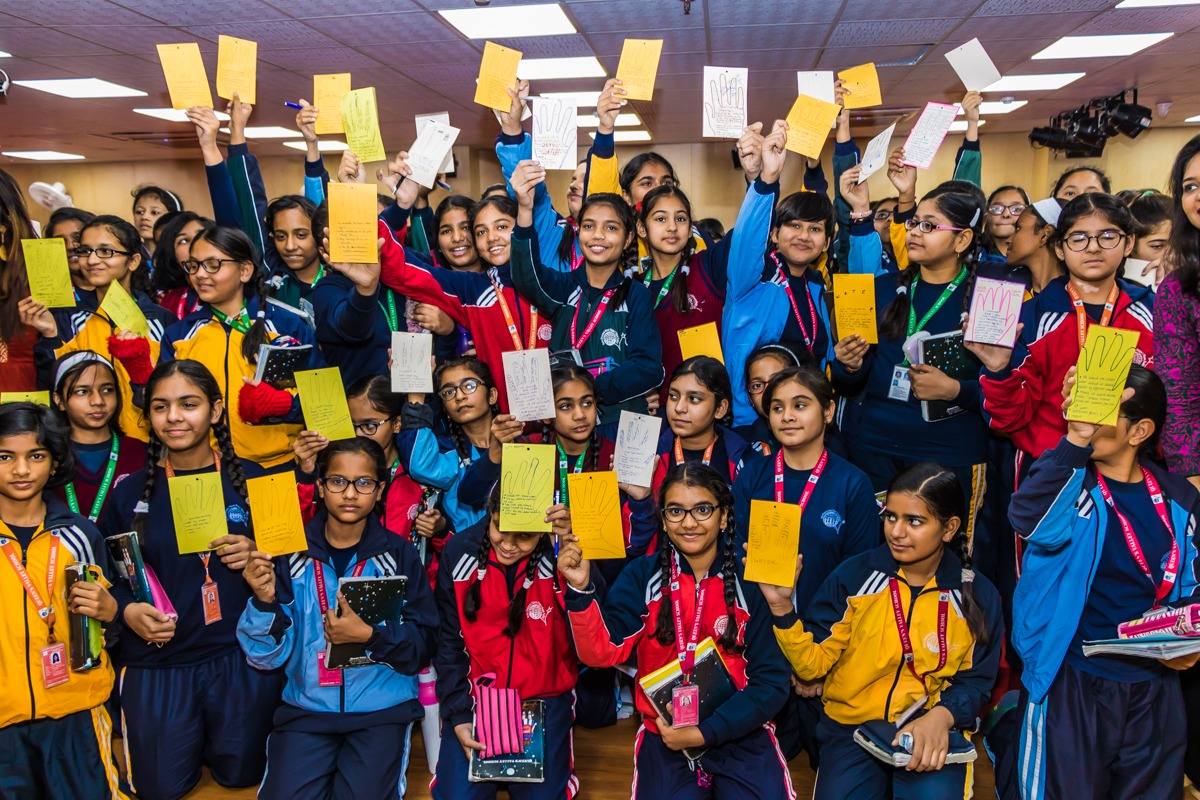
LEAD believes children be made partners of change today
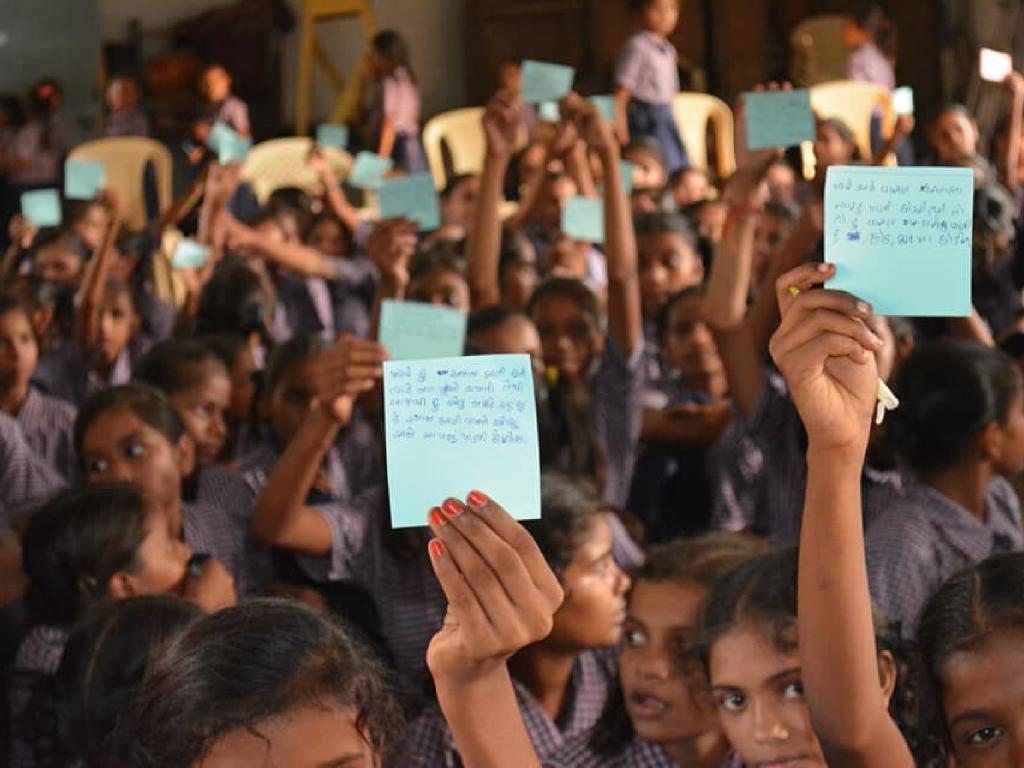
By engaging children, in reflective and collaborative action, beyond their self needs, it helps build their leadership. By practicing, children can inculcate values of responsibility, accountability, compassion and service, and develop traits for a more inclusive and sustainable world
Invoking and embedding water conservation as a value in children Creating a safe space for children that engages them to create solutions not foreseen by adults

Why Children?

We believe children are partners of change today, not tomorrow!

As keen observers they see unlimited opportunities and possibilities
Children’s creativity, their innate ability to design innovative, out of the box solutions

They have the ability to influence their peer, family and their immediate surroundings
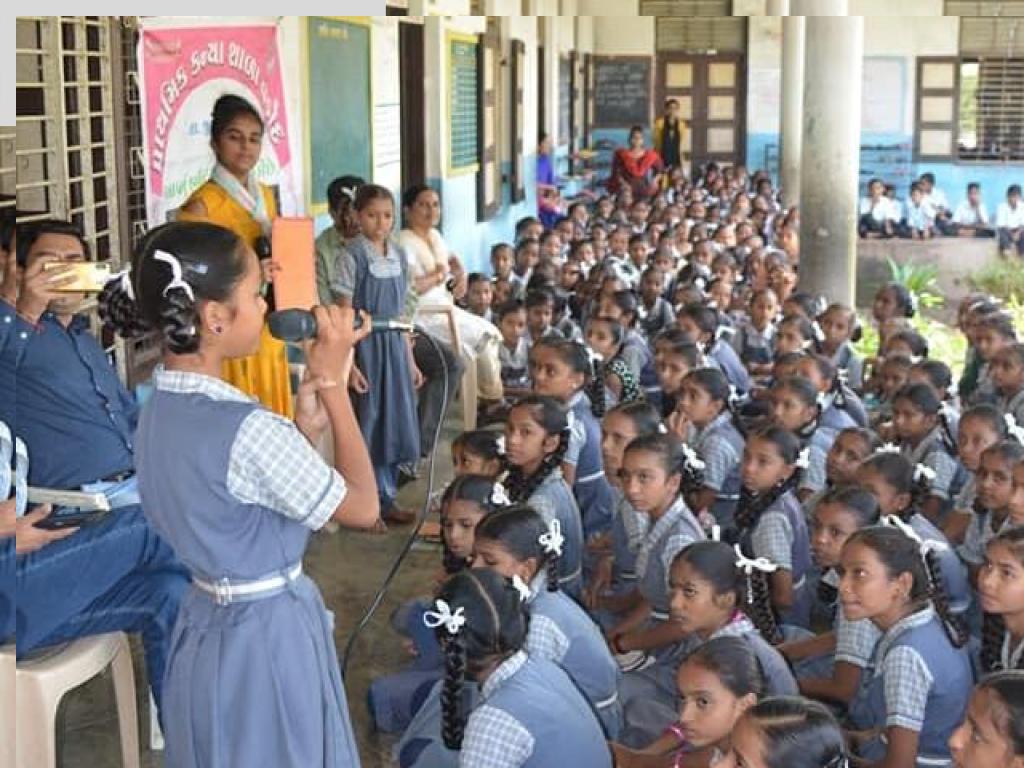
A 5 step approach was developed to support children unleash their unique ability to imagine and channelize their restless energy towards designing solutions collaboratively. In the process, they experientially learn to contribute towards a common good beyond their own needs.
01
Identifying problems in immediate surroundings
02
Reflecting on causes -Seeing oneself/ those around as cause of problem & solution
03
Evaluating cost of inaction
04
Designing solutions
05
Leading through collaborative action
To illustrate this further, the following slides are from a case study of building Water Warriors – a project implemented in 300 plus Government and Private schools across the country, in collaboration with SET (Sony Entertainment Television)
Outreach

- Delhi
- Gujarat
- Uttar Pradesh
- West Bengal
Our Approach @ Building water warrior
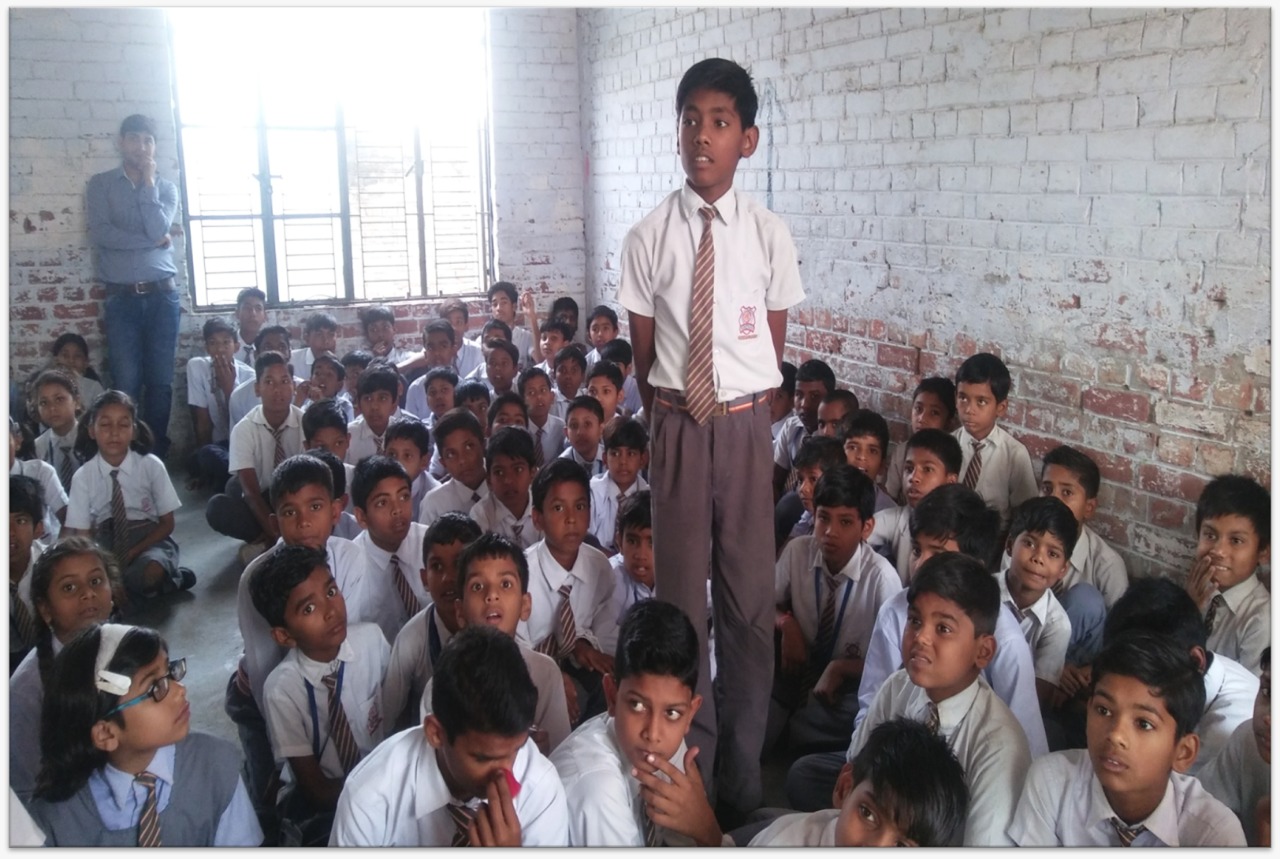
Feeling and relating to what is not right around us

Doing it!

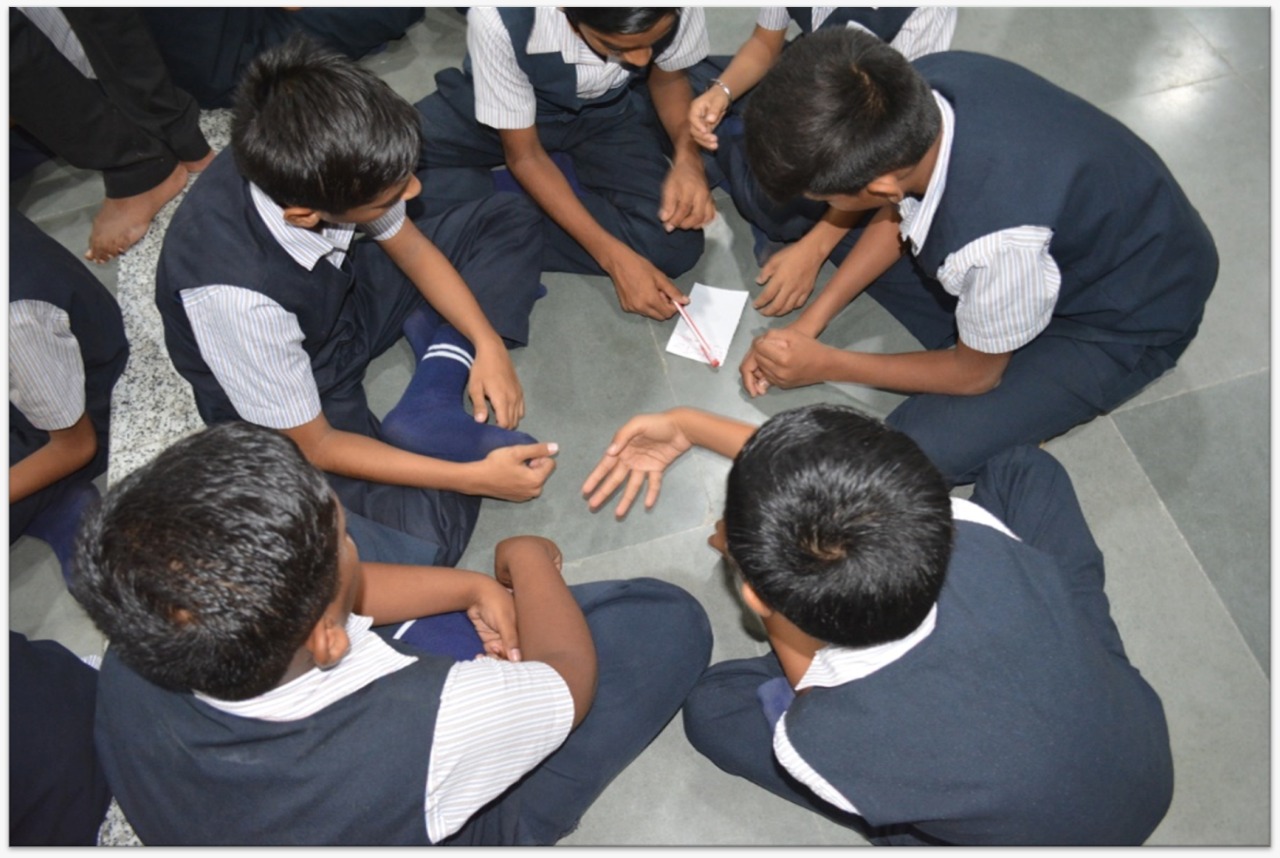
Imagining what I and we can do to correct the surroundings

Children’s journey
5 Step Approach in Building water warriors
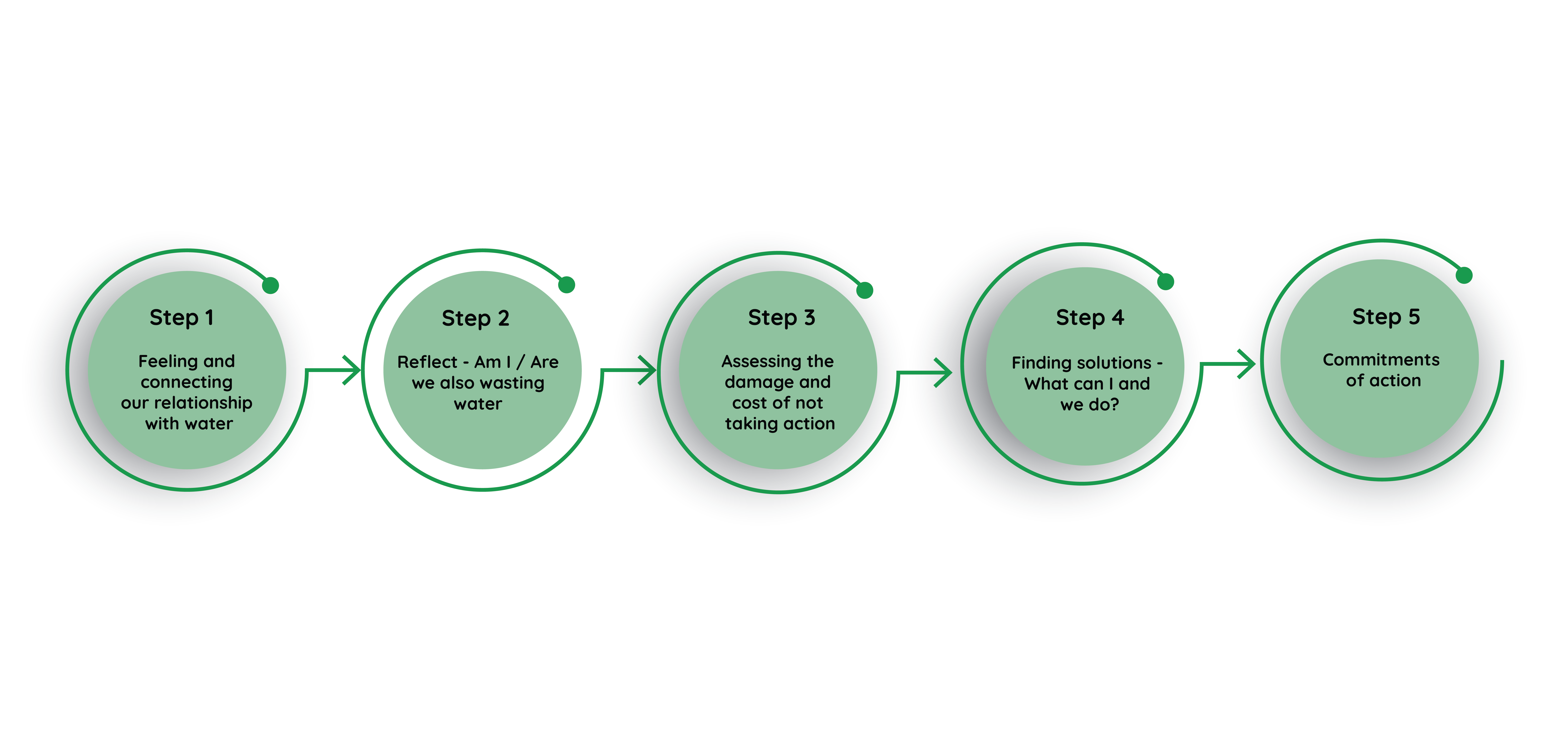
Step 1: Feeling and connecting our relationship with water
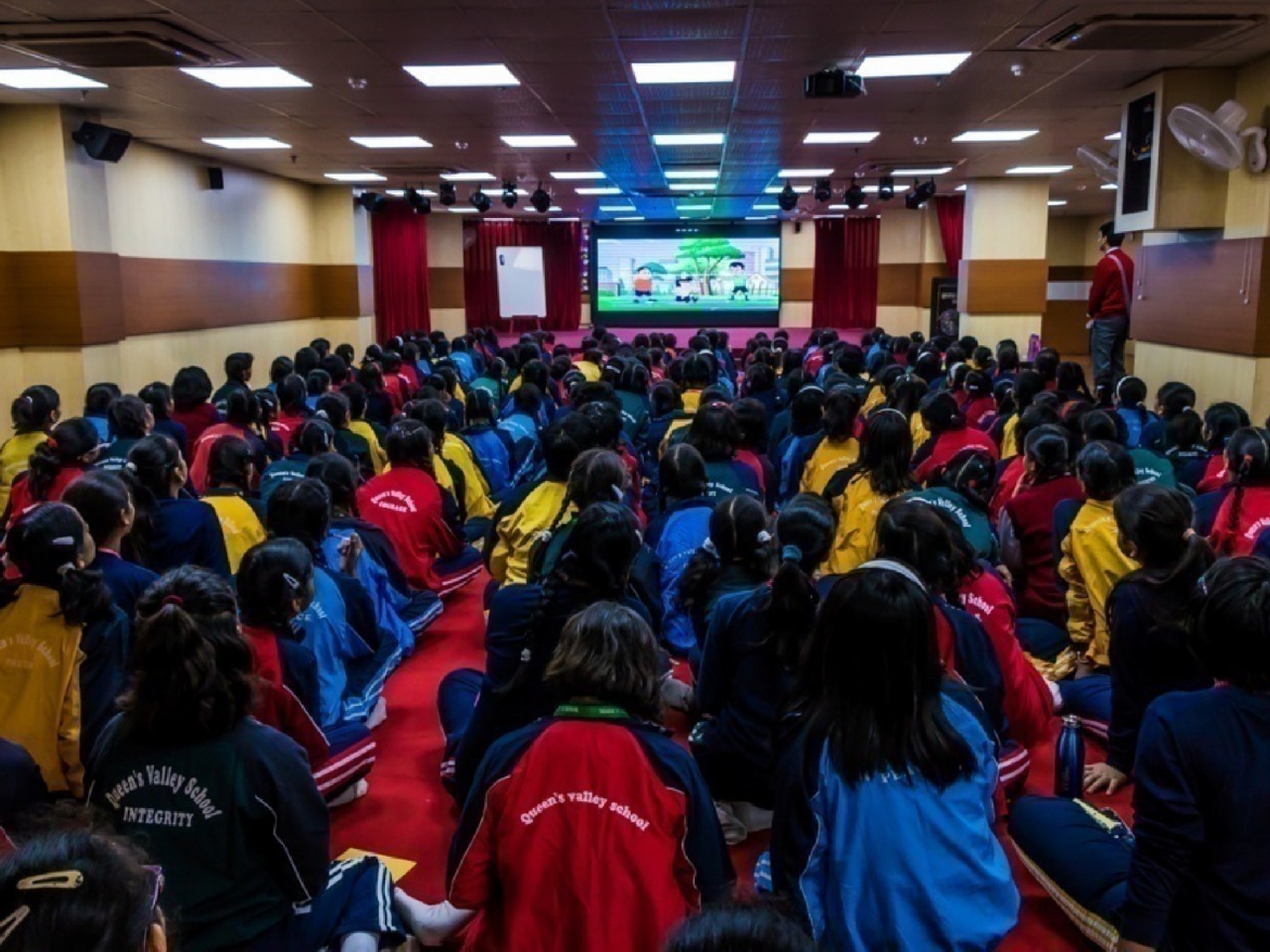
Building the context through story telling and short video

Children revisit their daily routine to see and feel where and how has water touched them
Water Prints in our life
- ” Water for drinking, for plants, for bathing!”
- ” With water, I clean my bicycle.”
- ” My mother uses water to wash vegetables, and to mop the floor and my father uses water to shave his beard. “
- ” In school we use water to painting and to wash our lunch boxes.”
STEP 2 : Reflect – Am I and we wasting water ?

Children reflecting in silence
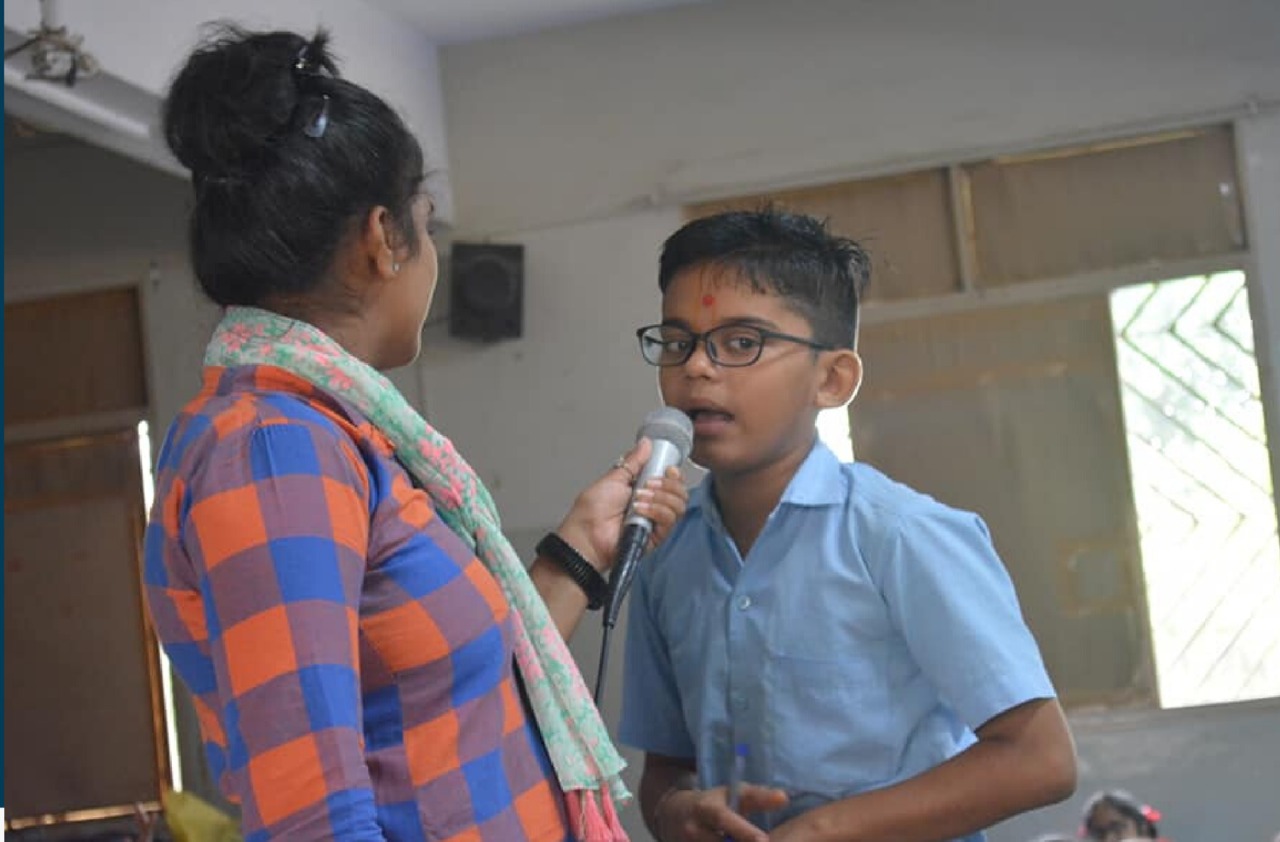
Acceptance the first step to change. It takes courage to admit
Confessions
- “I throw the warm water in my bottle that I bring from home to refill cold water from the school water cooler. “
- “I wash my lunchbox in school and then my mother washes it at home.”
- “When I am angry with my madam (the home she works in), to keep her voice low, I keep the tap running even when it is not needed.”
- “In my home, i have observed waste water flowing from the RO system”
- “At my friend’s home I have seen water flowing out of the AC”
- “In our school we often see the hose pipe is left in the lawn with water flowing for hours”
- “While traveling home in the school bus, we saw water leaking from the water tanker.”
- “My father uses a hose pipe to wash his car. Water is wasted.”
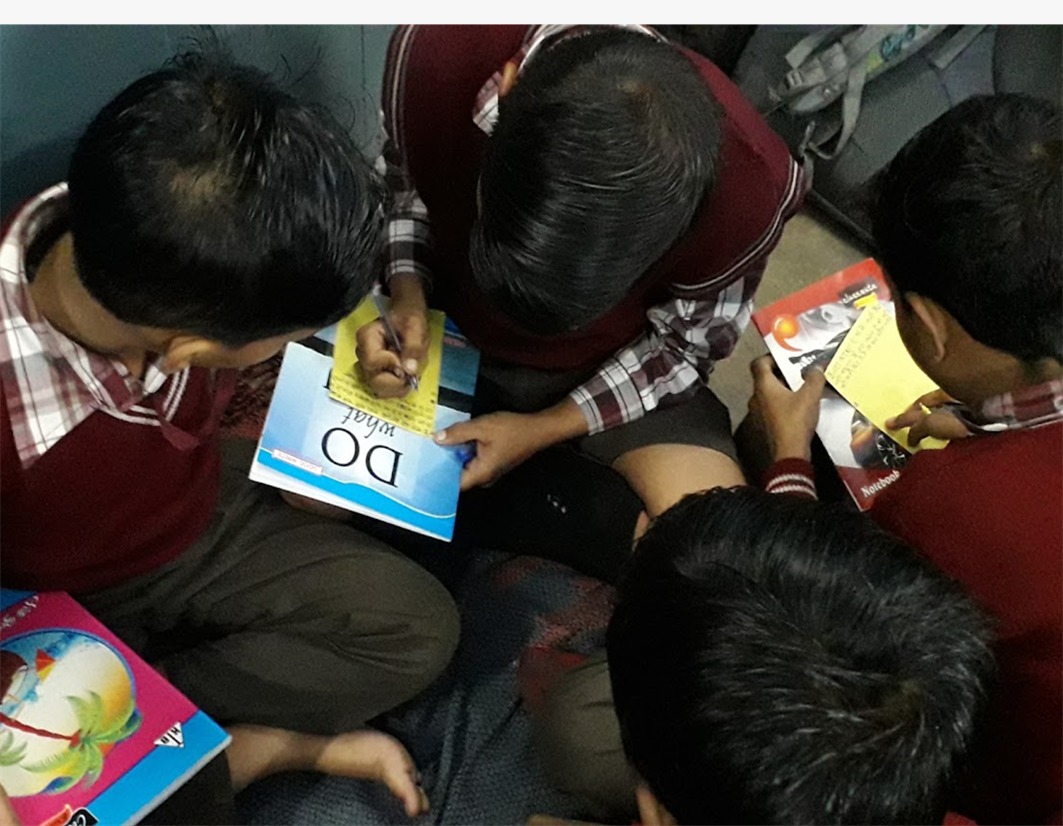


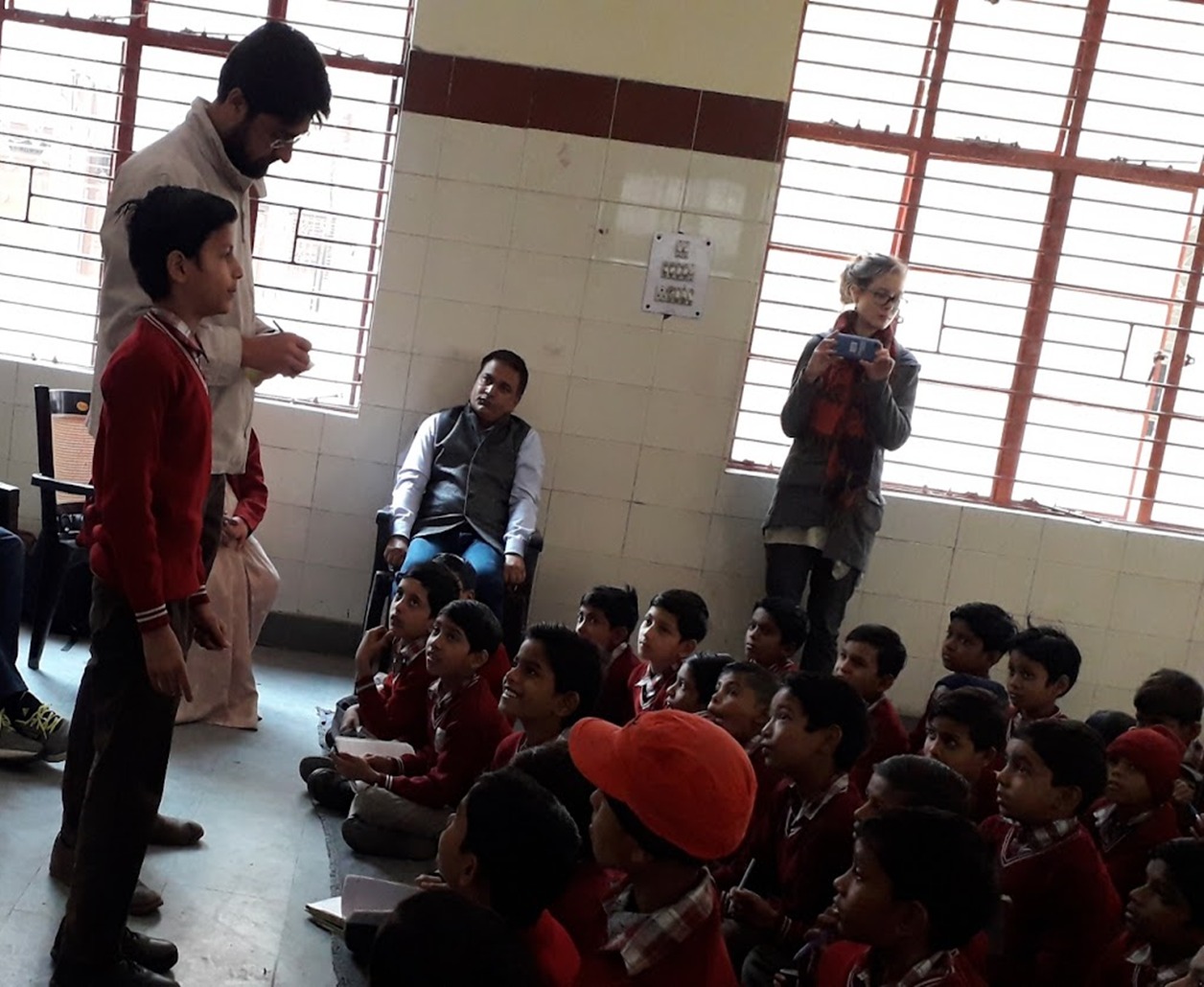
STEP 3: Assessing the damage and cost of not taking action

Thinking together
Realization and Projections
- “Water tank in our community will be empty!”
- “We will stink, because we would not be able to take a bath!”
- “My mum would not be able to make chai and cook dinner.“
- “There will be drought and no life on the planet.”
STEP 4: Finding solutions

Building the context through story telling and short video
STEP 5: Commitment to Action
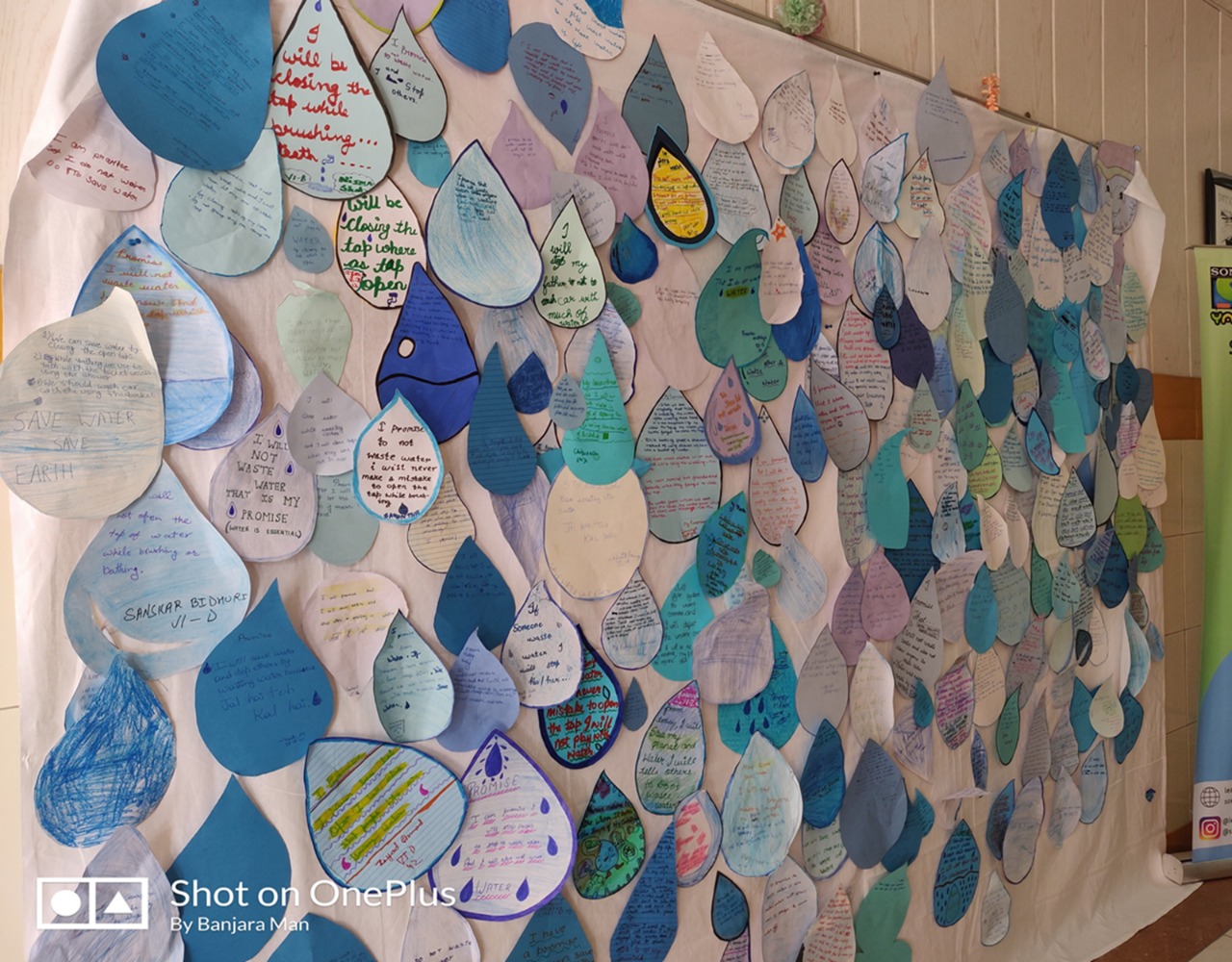
The school water wall – a reminder to oneself

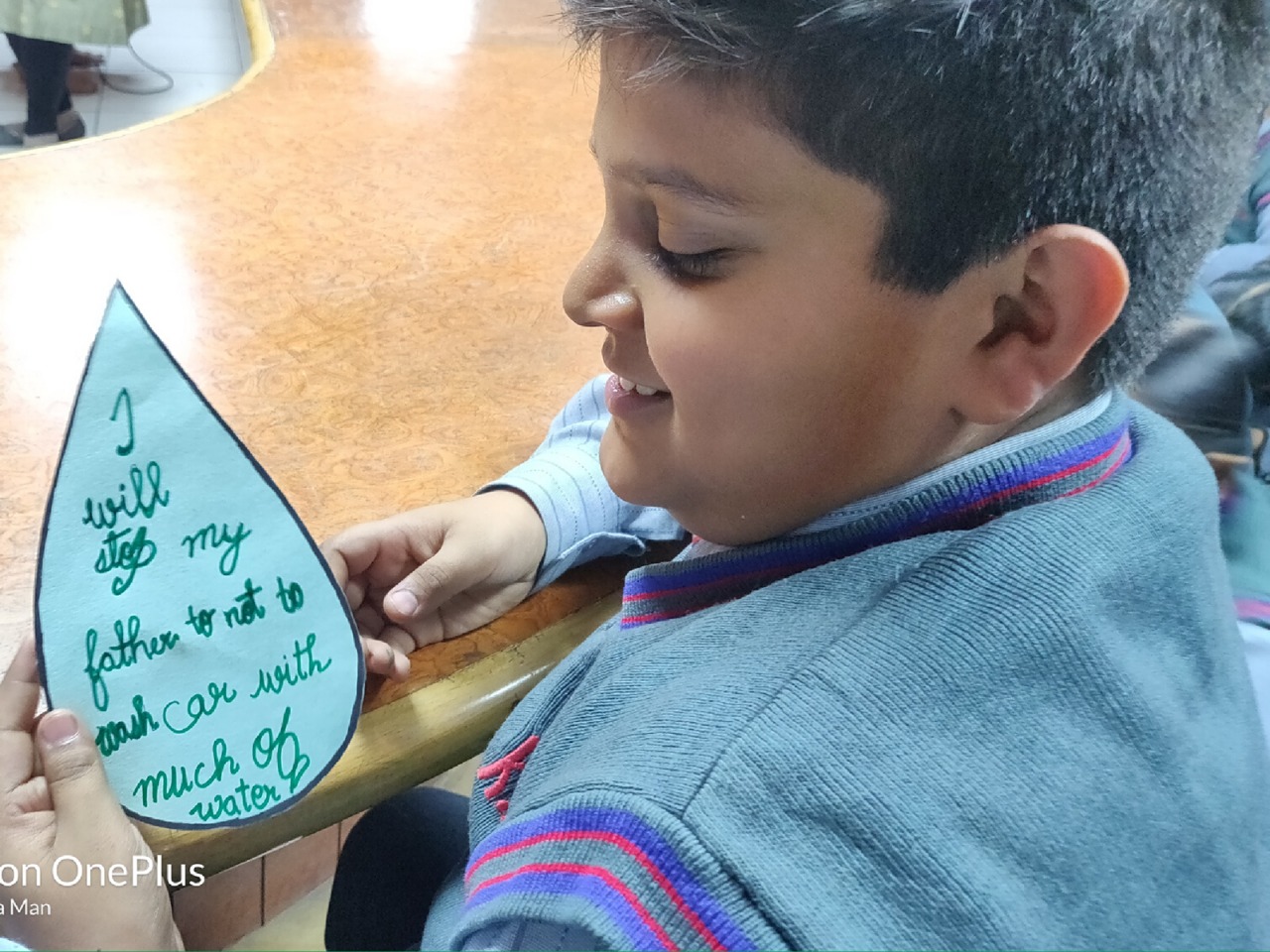
Water Prints in our life
- “I will report water leakages to my teacher.”
- “Even if my madam screams, I will not keep the flowing tap open as a way to reduce the sound”
- “I will make sure the water used to wash vegetables will be used to water the plants”
How it was measured at the children’s level
| Immediate | After 1 month | After 3 months |
|---|---|---|
| Qualitative: The range of oaths taken & actions taken immediately during/after the workshop | Qualitative: Stories of Change | Qualitative: Stories of Change from school/home/community |
| Quantitative: Number of students participating, Number of Oaths taken | Quantitative: Number of students taking actions | Quantitative: Number of students taking actions |
| Analysed by facilitator | Teachers reporting using a pre-designed template & transfer through electronically | Teachers reporting using a pre-designed template. Telephonic interviews by implementing team |
How it was measured at school level
| Immediate | After 1 month | After 3 months |
|---|---|---|
| Qualitative: Commitments announced by teachers, principal,… | Qualitative: Stories of Change | Qualitative: Stories of Change from school/home/community |
| Quantitative: Number of commitments | Quantitative: Number of actions such as repair, initiatives, post trainings and workshops | Quantitative: Number of actions such as repair, initiatives, post trainings & workshops |
| Facilitator using a pre-designed template | Teachers reporting using a pre-designed template | Teachers reporting using a pre-designed template. Telephonic interviews by implementing team |
How it was measured at home
| Immediate | After 1 month | After 3 months |
|---|---|---|
| Qualitative: The range of oaths taken | Qualitative: Stories of Change | Qualitative: Stories of Change |
| Quantitative: Number of water saving oaths that are directly linked to home water usage and family practices | Quantitative: Number of parents reporting at Parents-teacher meeting about messages shared at home & actions taken | Quantitative: Number of parents reporting at Parents-teacher meeting about messages shared at home & actions taken |
| Facilitator reading the responses from students | Teachers reporting using a pre-designed template | Teachers reporting using a pre-designed template. Telephonic interviews by implementing team |
How it was measured at the community level
| Immediate | After 1 month | After 3 months |
|---|---|---|
| Qualitative: Students reflecting the water wastage in their communities | Qualitative: Stories of Change | Qualitative: Stories of Change |
| Quantitative: Number of students taking oaths linked to water usage in their communities | Quantitative: Number of actions taken by students shared in parents-teachers meetings | Quantitative: Number of actions taken by students and shared at parents-teachers meetings |
| Facilitator reading the responses from students | Teachers reporting using a pre-designed template | Teachers reporting using a pre-designed template. Facilitators’ calls |
Results: Change Stories
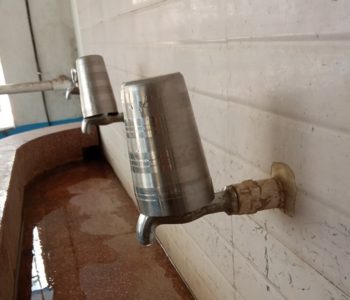
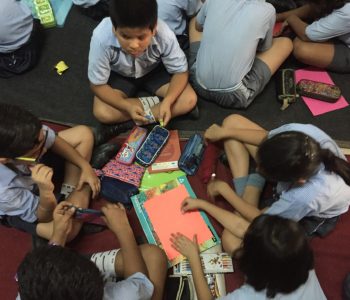
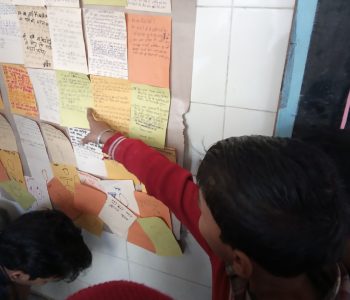
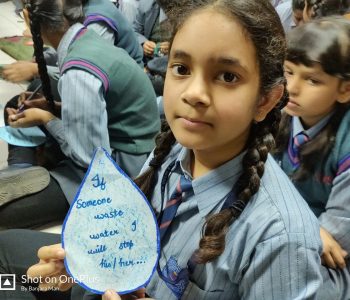
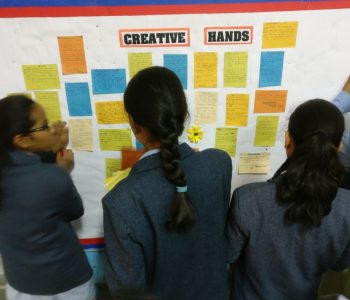
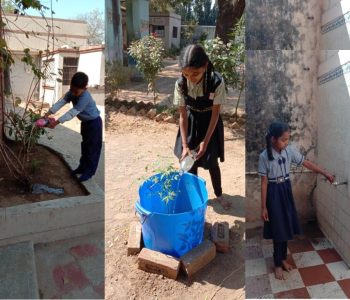
And when we went back to the schools, three months later, We saw and heard.. Many more stories of change
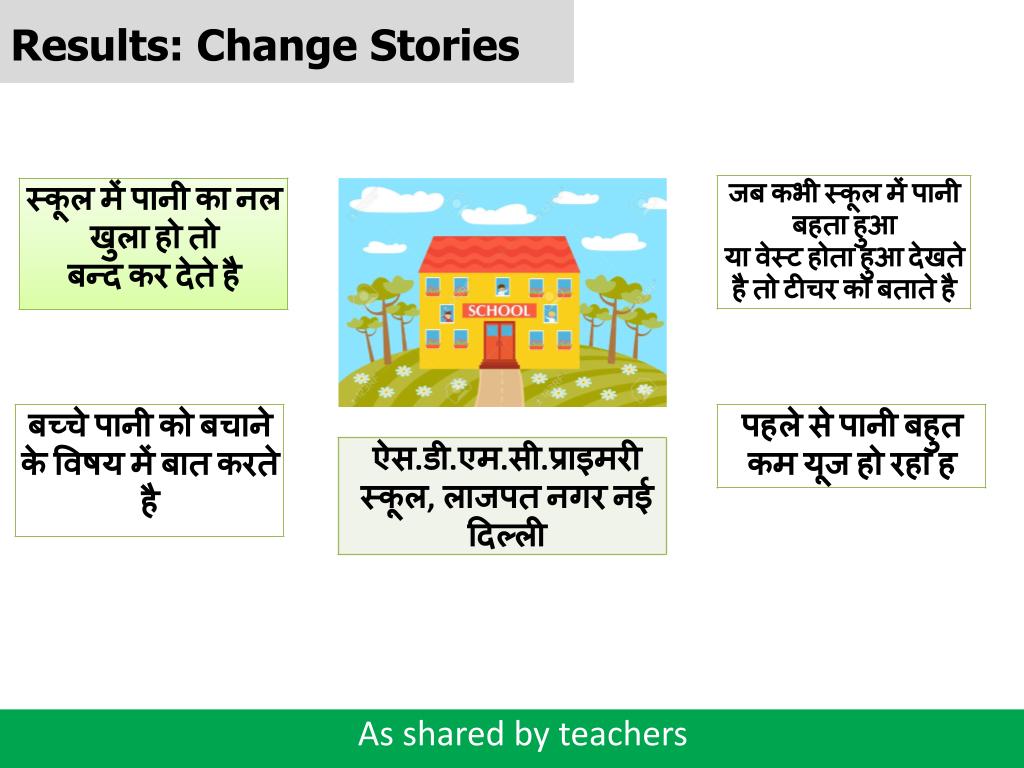
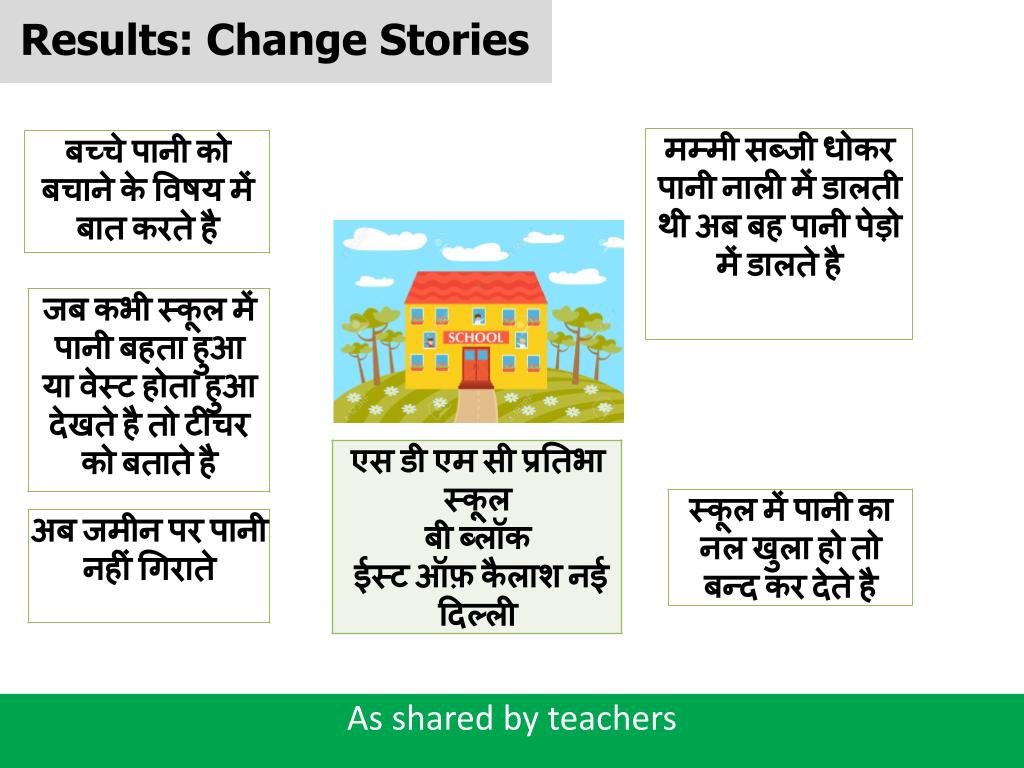
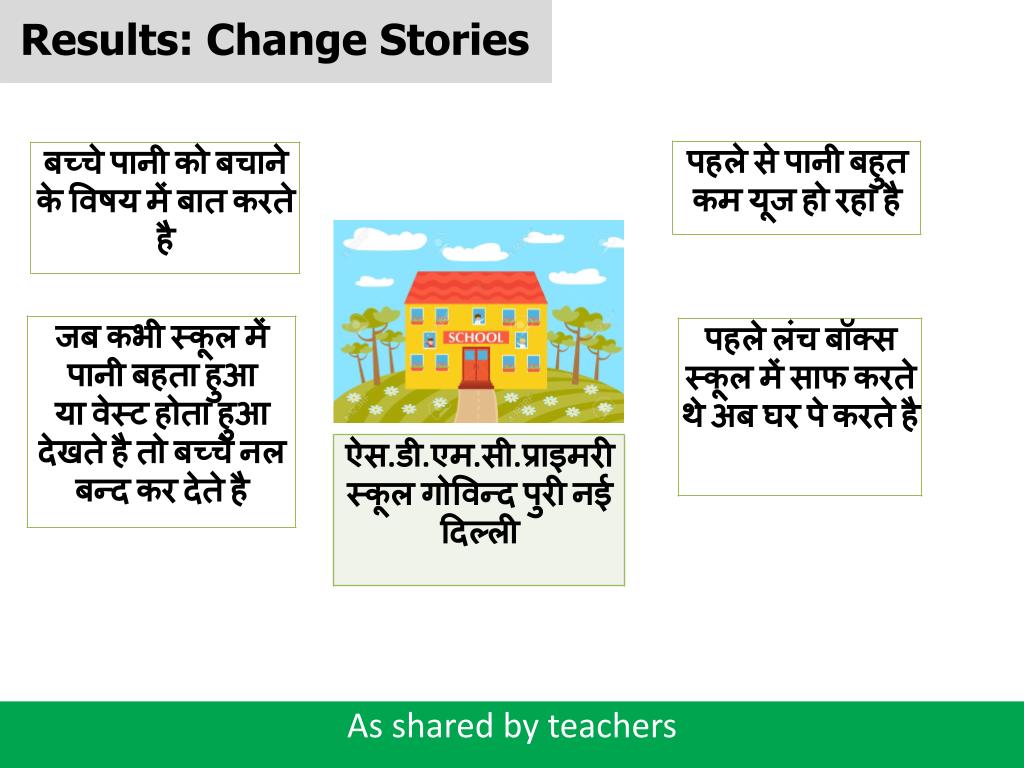
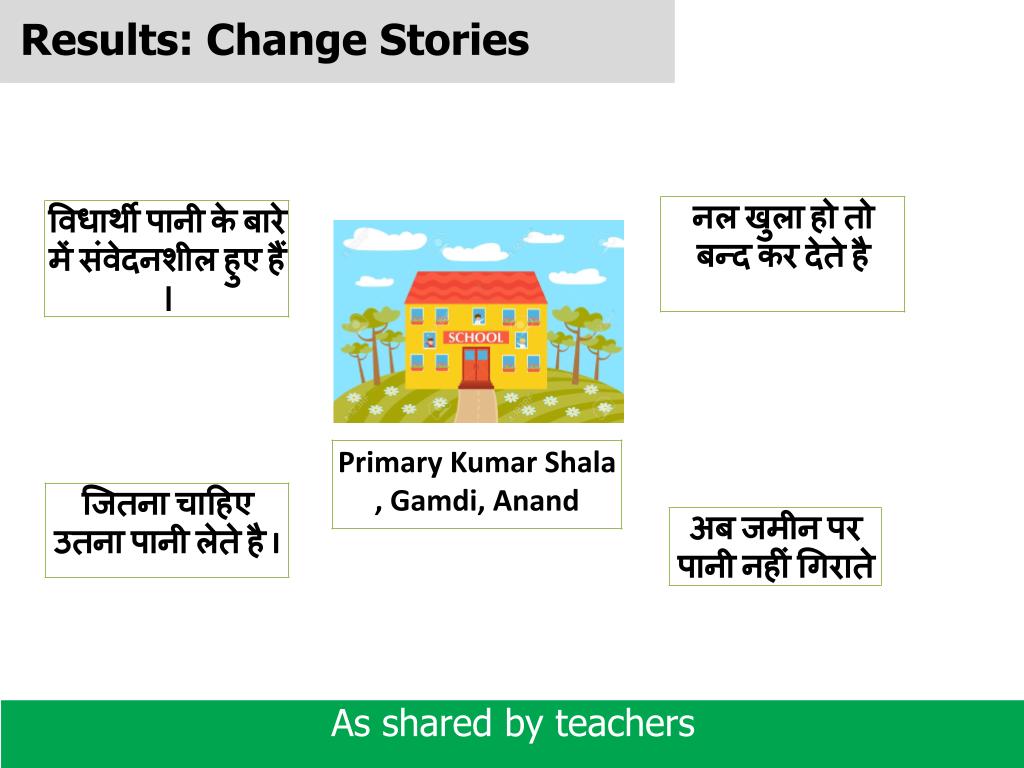
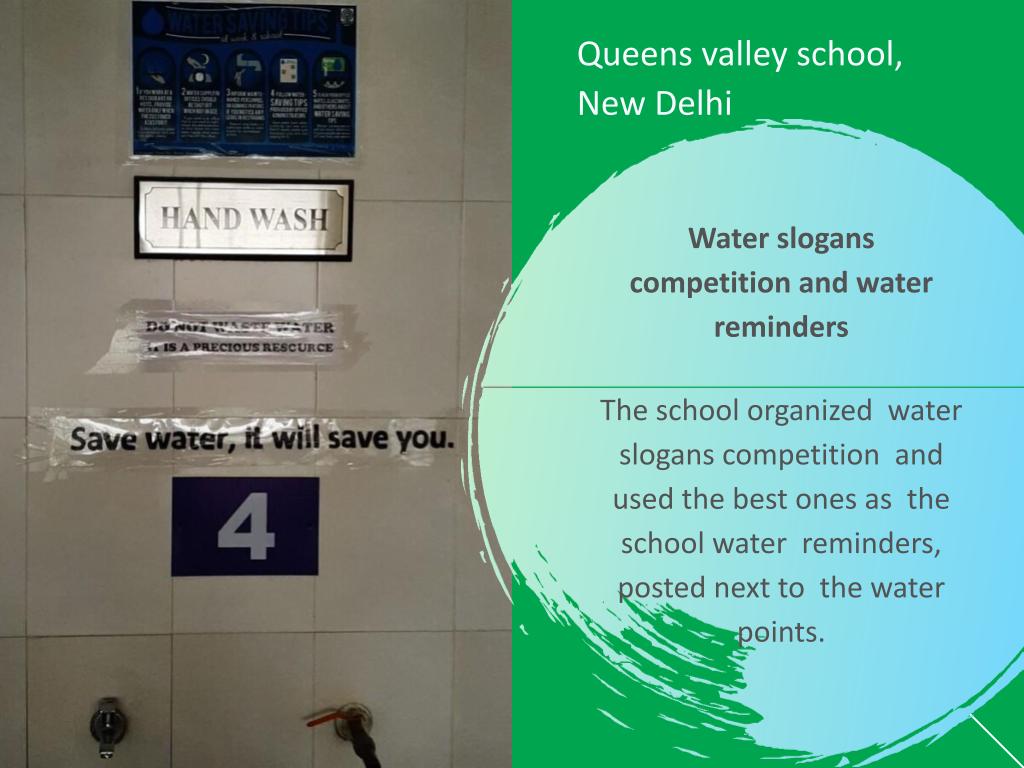
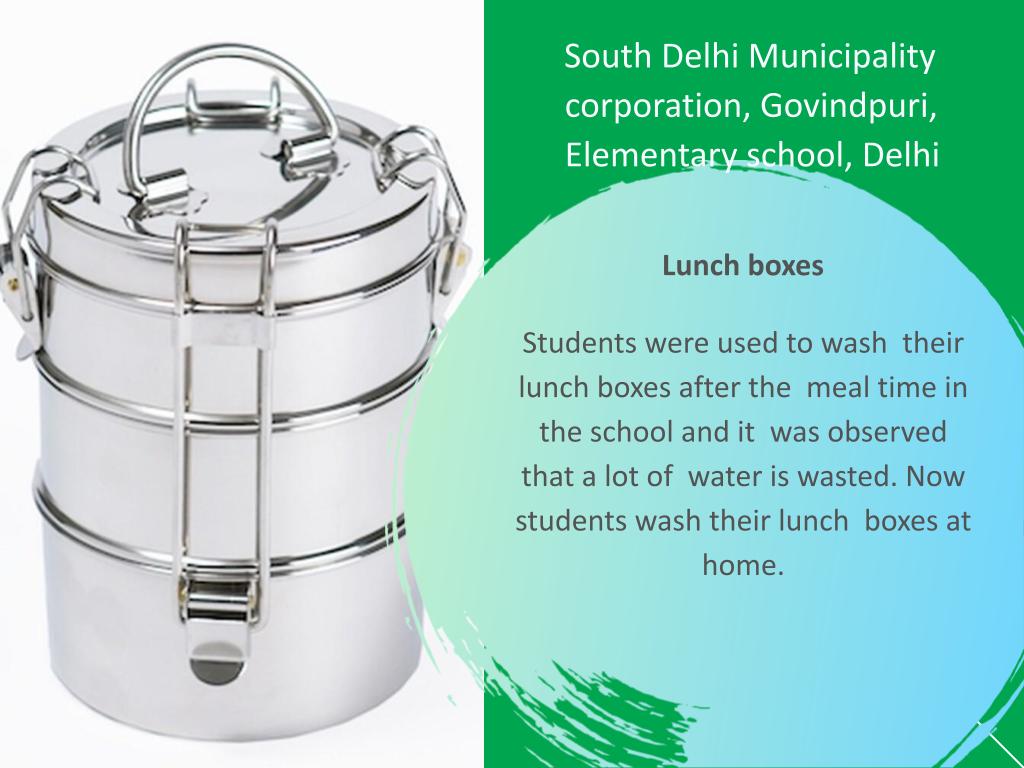
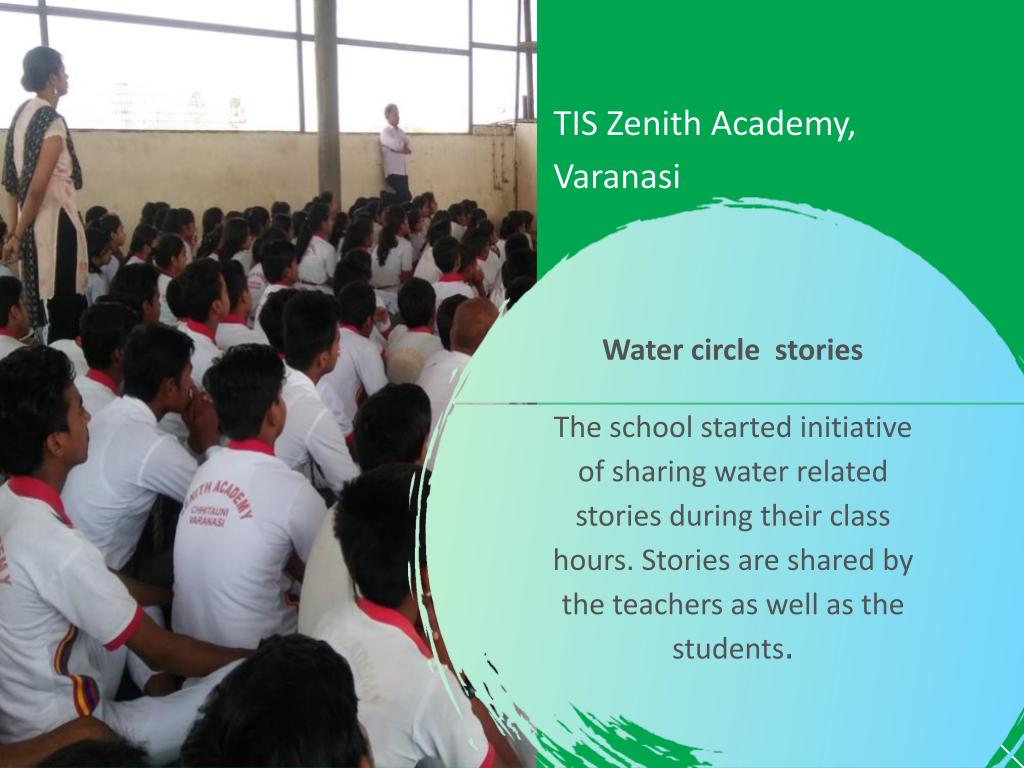
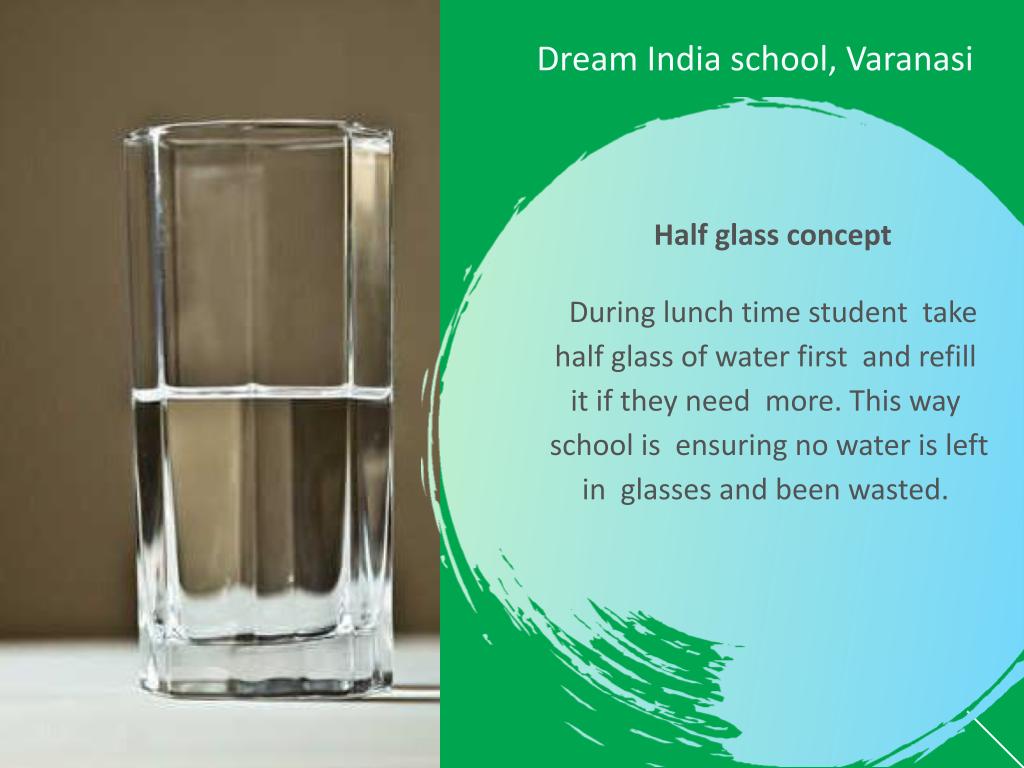
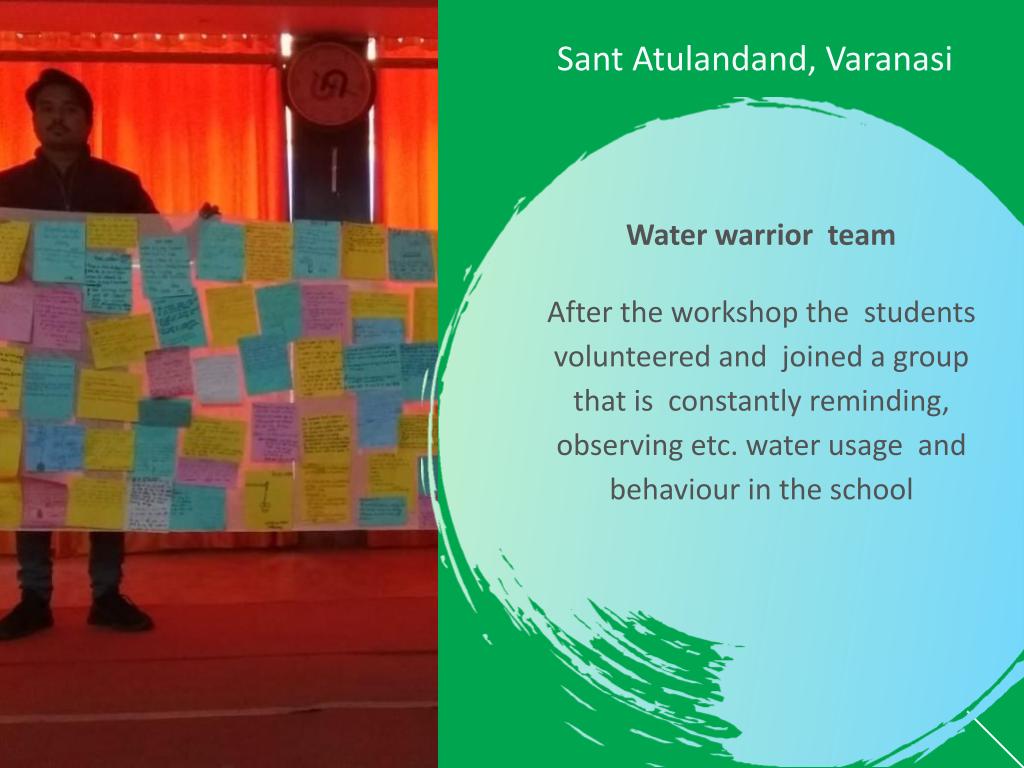
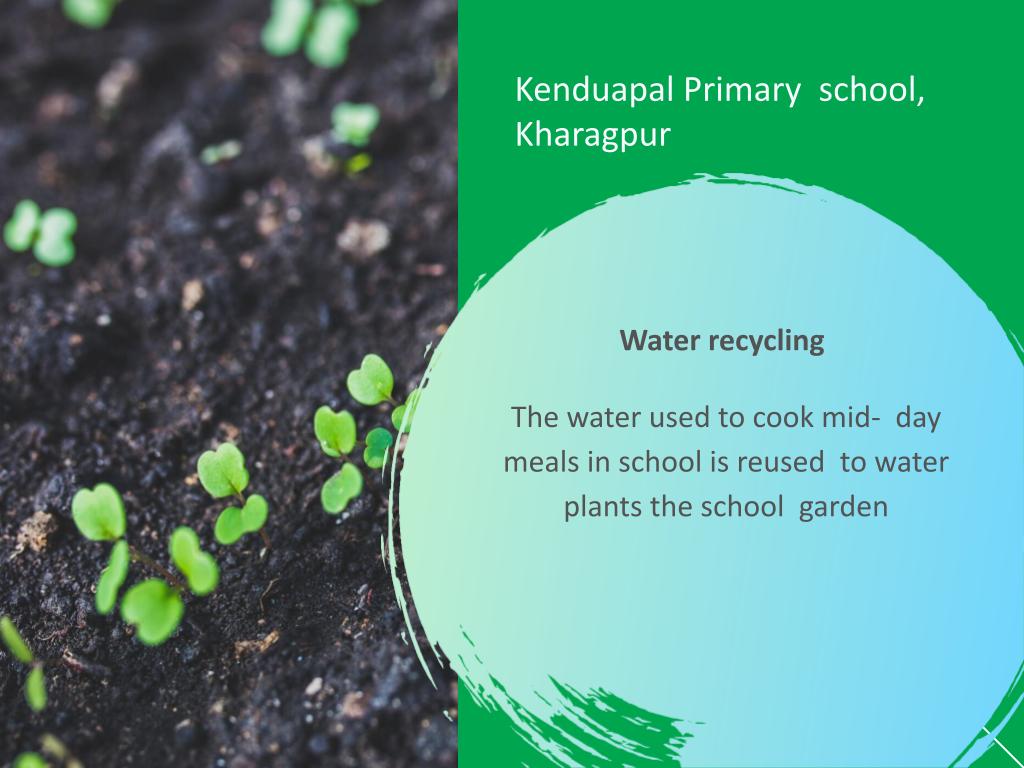
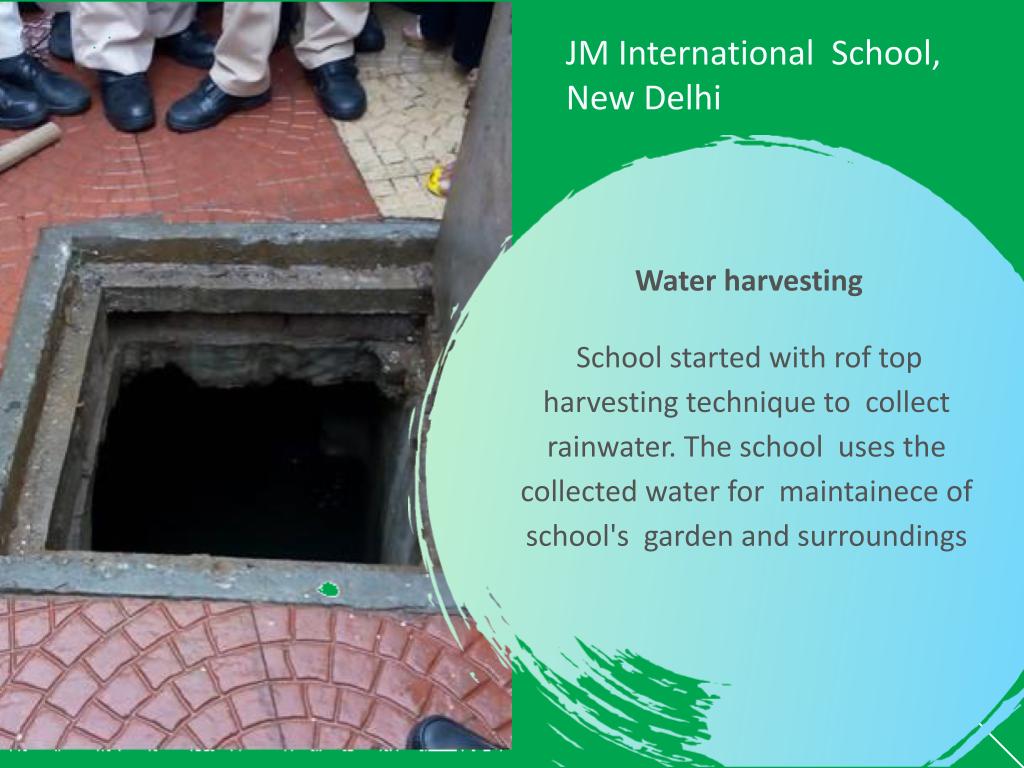
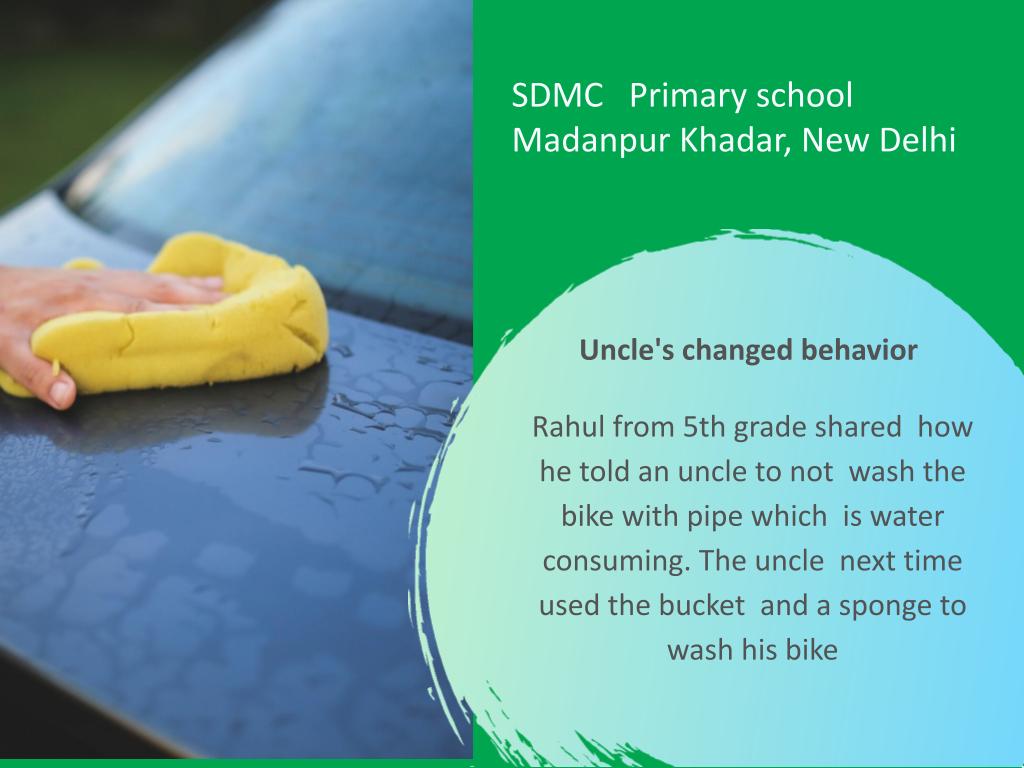
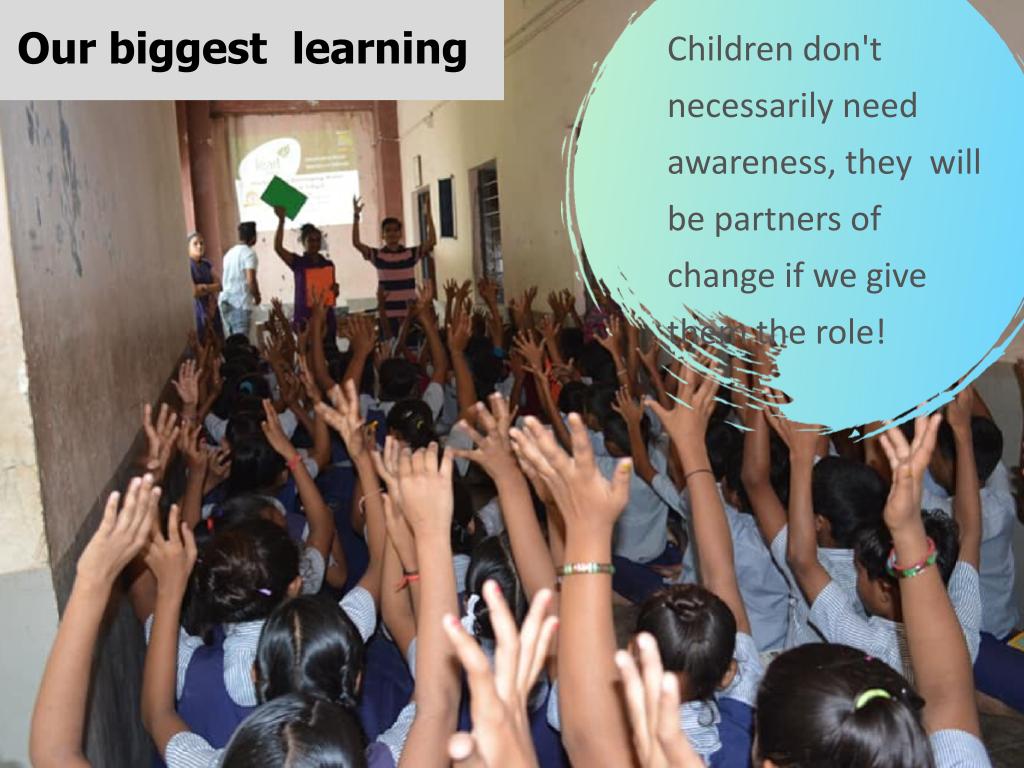
Other variants of building leadership and engaging children as partners in change
- Prevention of Plastic Pollution
- Waste management
- Climate change
- Reducing consumerism
